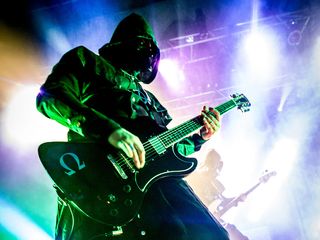
A Nameless Ghoul of Ghost B.C. picks six top horror films
For fans of the Swedish metal band Ghost B.C., every day can feel a little like Halloween. The group's fascinatingly eerie appearance (frontman Papa Emeritus II is a skull-faced anti-pontiff while the others don hooded robes and face-concealing black masks) seem custom-made for Fright Night, so much so that one has to wonder why Hollywood hasn't already signed the creepy sextet up for a their own cinematic adventure.
Not surprisingly, widescreen horror informs much of Ghost B.C.'s musical and visual aesthetic, and one of the band's Nameless Ghouls regards himself as something of a scary movie aficionado. But the guitarist has some rather exacting standards for the genre, telling MusicRadar that "there are so many great horror films, but there’s a big difference between quality work and movies that are simply fun and cool. The entertainment value of some B films can be quite high, and I can be a fan of the music and overall feel, even though the movies themselves might kind of suck."
The Ghoul also draws a distinction between cheap-thrill slice-and-dice spoolers and pictures that delve into the darker, more cerebral regions of terror. “I tend to like a lot of films that are based more in mental horror and aren’t so much about slashing," he says. "Slasher movies can be fun, but they don’t hit you with the same impact as ones that delve into the real psychological nature of horror."
In compiling his list of six top horror films, the Nameless Ghoul explains that his selections had to meet certain criteria in terms of mood and mise en scene. “I’m picky about atmosphere and milieu," he says, "and of course, the music is crucial. An effective horror film creates an environment that you either don’t want to be in or one want to be in. You need to be able to lose yourself in the world of the movie.”
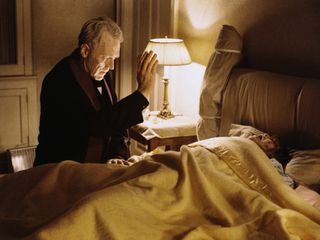
The Exorcist (1973)
“One of the first films that I was exposed to when I was openly flirting with Satanism was The Exorcist. I can’t shun from this one because it’s one of the best, if not the best, horror movies ever made.
“It’s interesting that a lot of it is so slow moving, as opposed to most slasher movies, and the terror is so indecipherable at first. By the end, though, it moves very quickly and in a dramatically physical way.
I love how it’s set in such a beautiful city [Georgetown, Washington, DC], which was quite groundbreaking. A lot of how we see possession and think about it now comes from The Exorcist. It’s a pioneering work of art.”
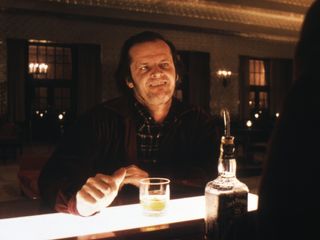
The Shining (1980)
“If we’re talking about quality, I have to mention The Shining. From a filmic point of view, it’s remarkable to consider that most of the picture was shot in a studio, even the outdoor scenes with the maze and the snow. There are the aerial shots that were done separately, but the fact that Kubrick could mount so much of The Shining at Pinewood Studios In England is seriously impressive.
“Everybody knows how good the movie is. It’s really creepy, and the story is fantastic. A totally effective and vivid portrait of mental terror.”
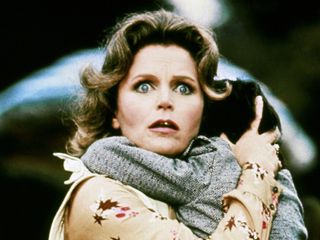
The Omen series (beginning in 1976)
“One film, or a series of films, that really informed what we do and the music we make is The Omen, which is a fantastic depiction of evil in real life.
“This is where it becomes hard, because Omens I and II are fantastic. By the time it got to the end of the third act, it was like they said, ‘Oh, wait... Are we letting the Devil win here? We can’t have that. God’s hand has to come down and put an end to it.’ That’s so weak.
“In the Final Conflict, there’s a part where Damien is talking to a statue of Jesus, and he’s really pleading with it. It goes against common sense that the film would end that way. It doesn’t work, because for the first films you’ve proved that the antichrist is supposed to win.
“Somebody must have felt the same way because they eventually made Omen IV, which is not a good movie, but the ending is way better. So all that said, I do think that the Omen phenomenon, including number four, is pretty cool.”
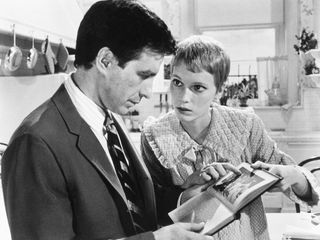
Rosemary's Baby (1968)
“Anybody who is interested in rock ‘n’ roll knows about the Dakota building, and its history goes beyond this film. I’m generally a big New York fan – I like everything from Woody Allen to The Warriors – and the use of the city in Rosemary’s Baby is incredible.
“It captures a certain Manhattan lifestyle in the ‘60s, so you can appreciate it on that level. Plus there’s Mia Farrow, who was a very beautiful woman when the picture was made, and you also have John Cassavetes, who was a very striking man. It’s a creepy film, and the soundtrack is so fucking great. I lack superlatives to underscore how terrific the music is.”
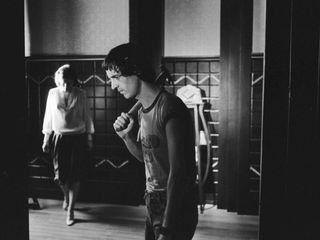
Suspiria (1977)
“This film is quite special in both its look and for its music. A buddy of mine is a real connoisseur of Italian horror, and he told me the story a while ago that Suspiria was shot with a unique type of film that is extremely low-light sensitive, which then required the filmmakers to use very hot lights. This made the actors quite warm on the set, and the result of that was they would forget their lines. You can even see at some points they’re reading off of cue cards.
“The lights and the type of film used work together to give Suspiria a certain appearance that's almost Technicolorish. I think this adds a different dimension to the whole ambience. And the music is impeccable, too – very effective.”
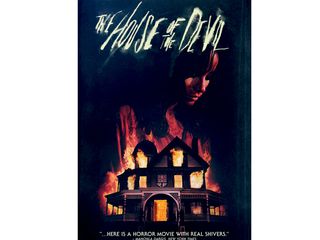
The House Of The Devil (2009)
“I want to raise a little finger for this film. It hasn’t stood the test of time because it's so new, but the fundamental thing that I really like about it, aside from the fact that it’s very entertaining, is that the guy who made it, Ti West, went out of his way to make it look like it’s set in 1980.
“It’s a cool film, very simple and clichéd in many ways, but the look and feel is right up my alley. I’m big into things that are archeological without being nostalgic, and this movie gets it right. People should seek it out.”

Joe is a freelance journalist who has, over the past few decades, interviewed hundreds of guitarists for Guitar World, Guitar Player, MusicRadar and Classic Rock. He is also a former editor of Guitar World, contributing writer for Guitar Aficionado and VP of A&R for Island Records. He’s an enthusiastic guitarist, but he’s nowhere near the likes of the people he interviews. Surprisingly, his skills are more suited to the drums. If you need a drummer for your Beatles tribute band, look him up.
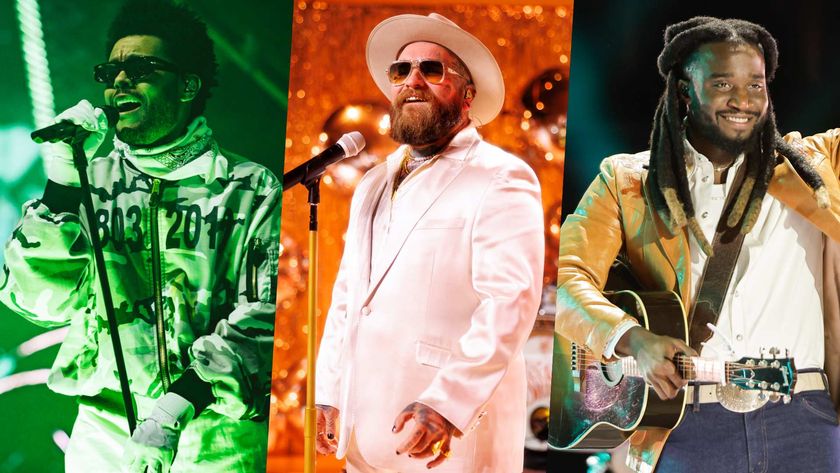
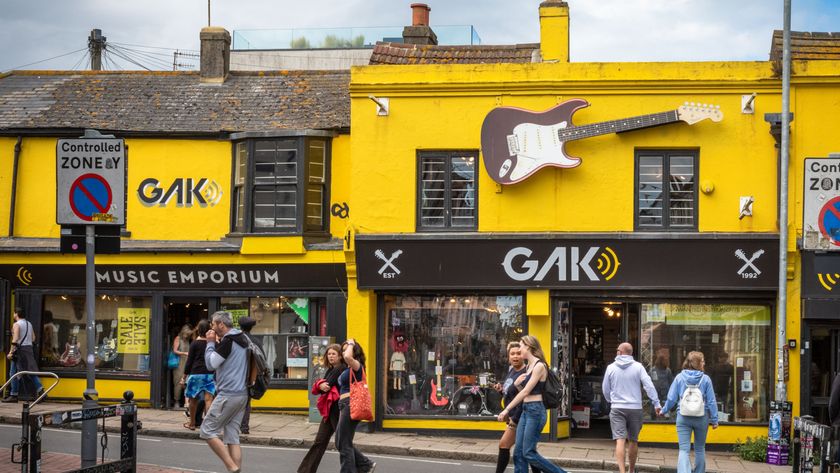

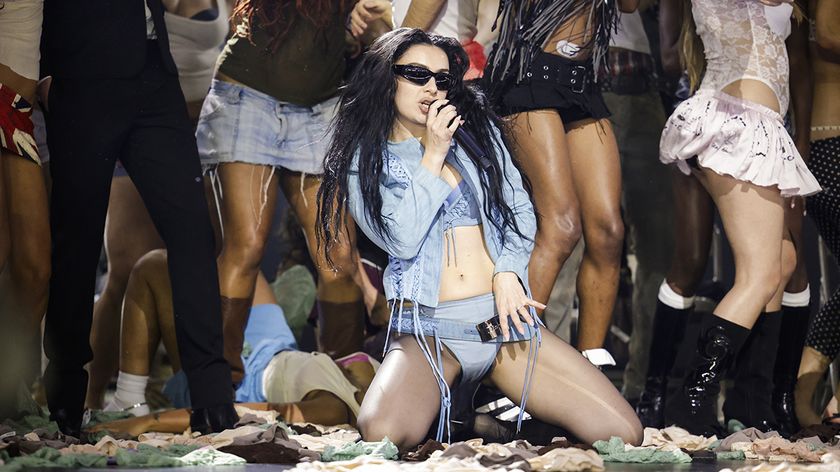
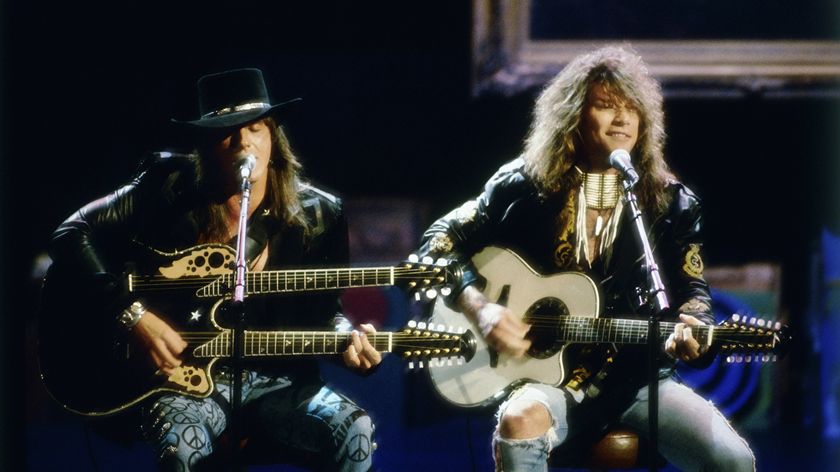
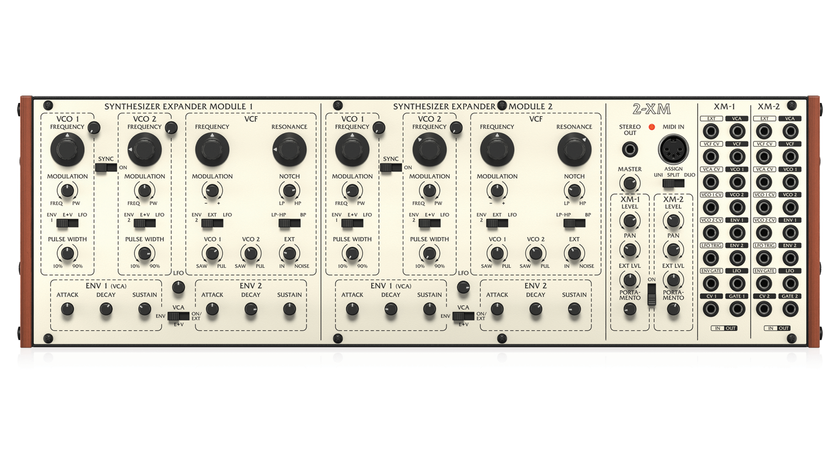
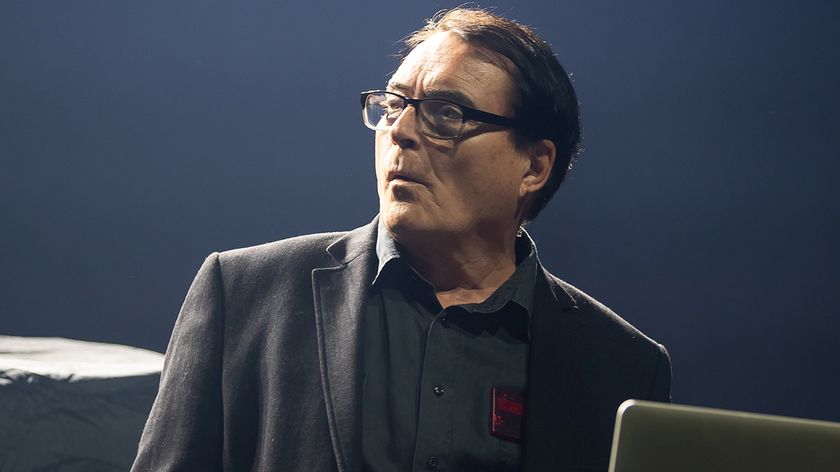
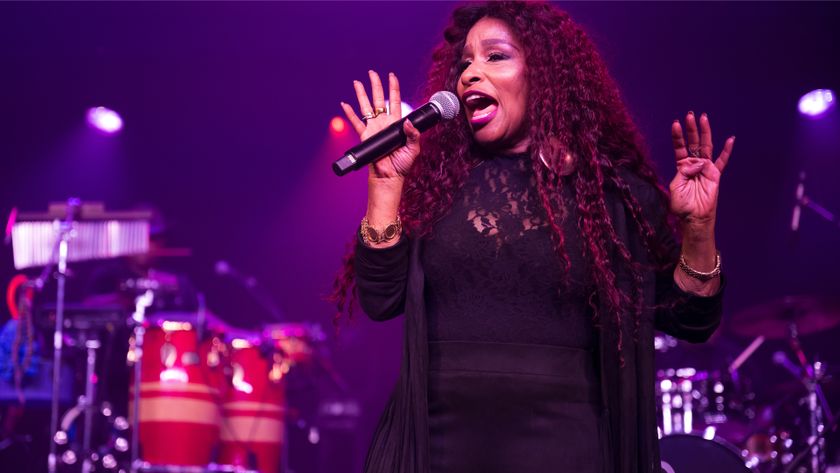
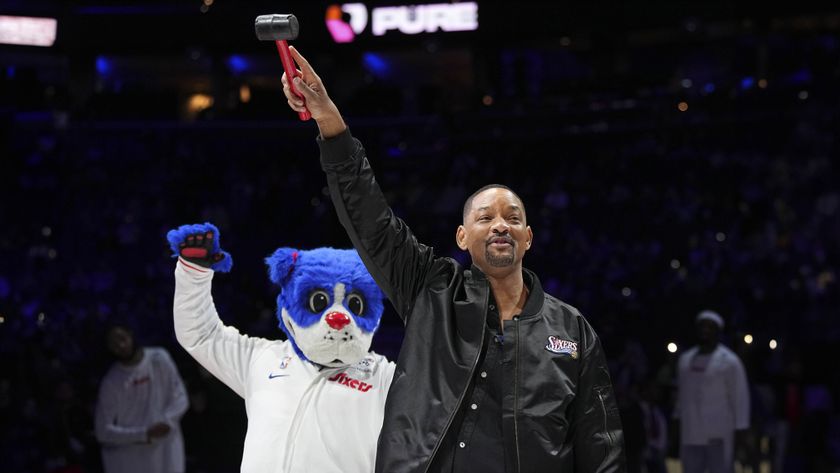


![Chris Hayes [left] wears a purple checked shirt and plays his 1957 Stratocaster in the studio; Michael J. Fox tears it up onstage as Marty McFly in the 1985 blockbuster Back To The Future.](https://cdn.mos.cms.futurecdn.net/nWZUSbFAwA6EqQdruLmXXh-840-80.jpg)